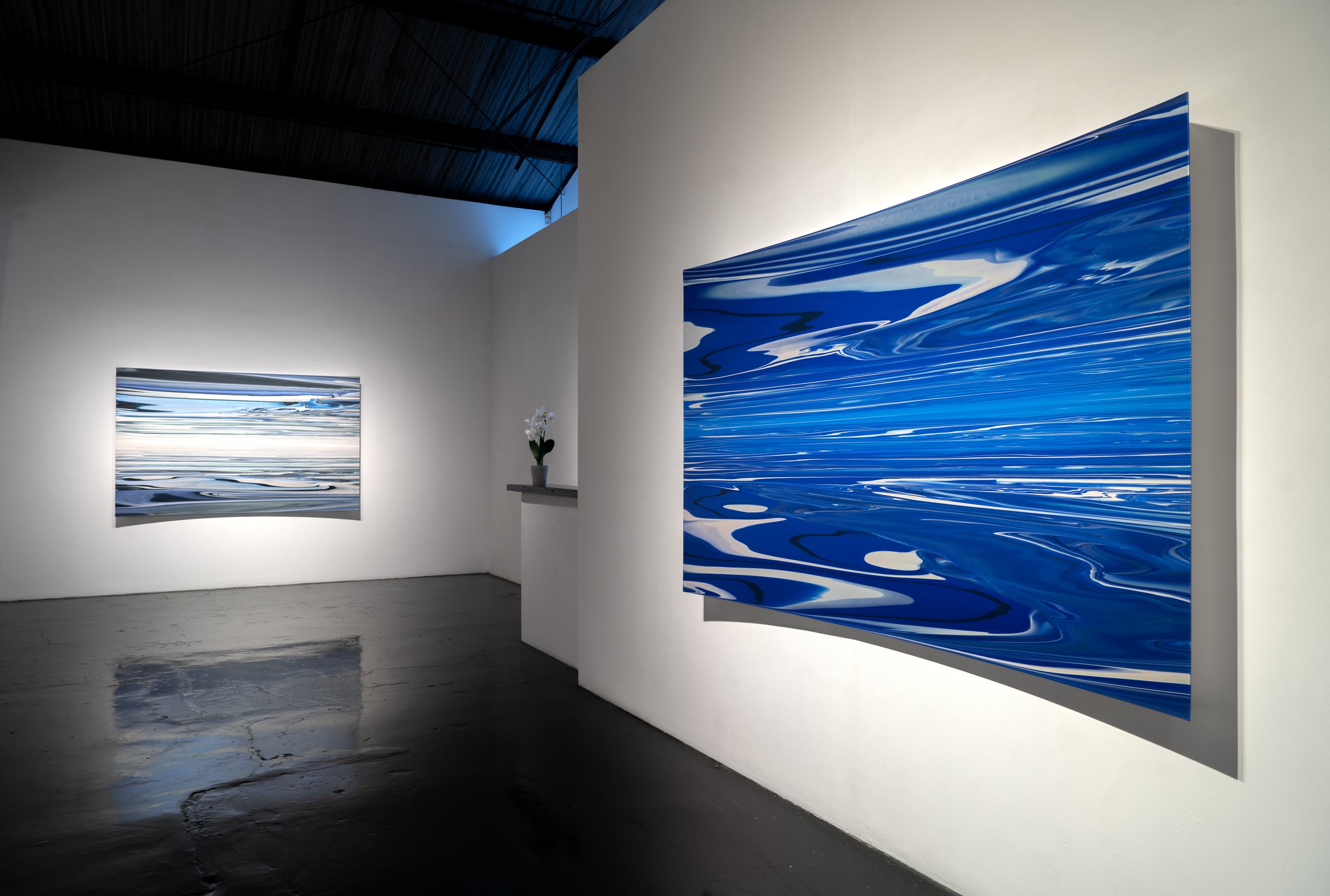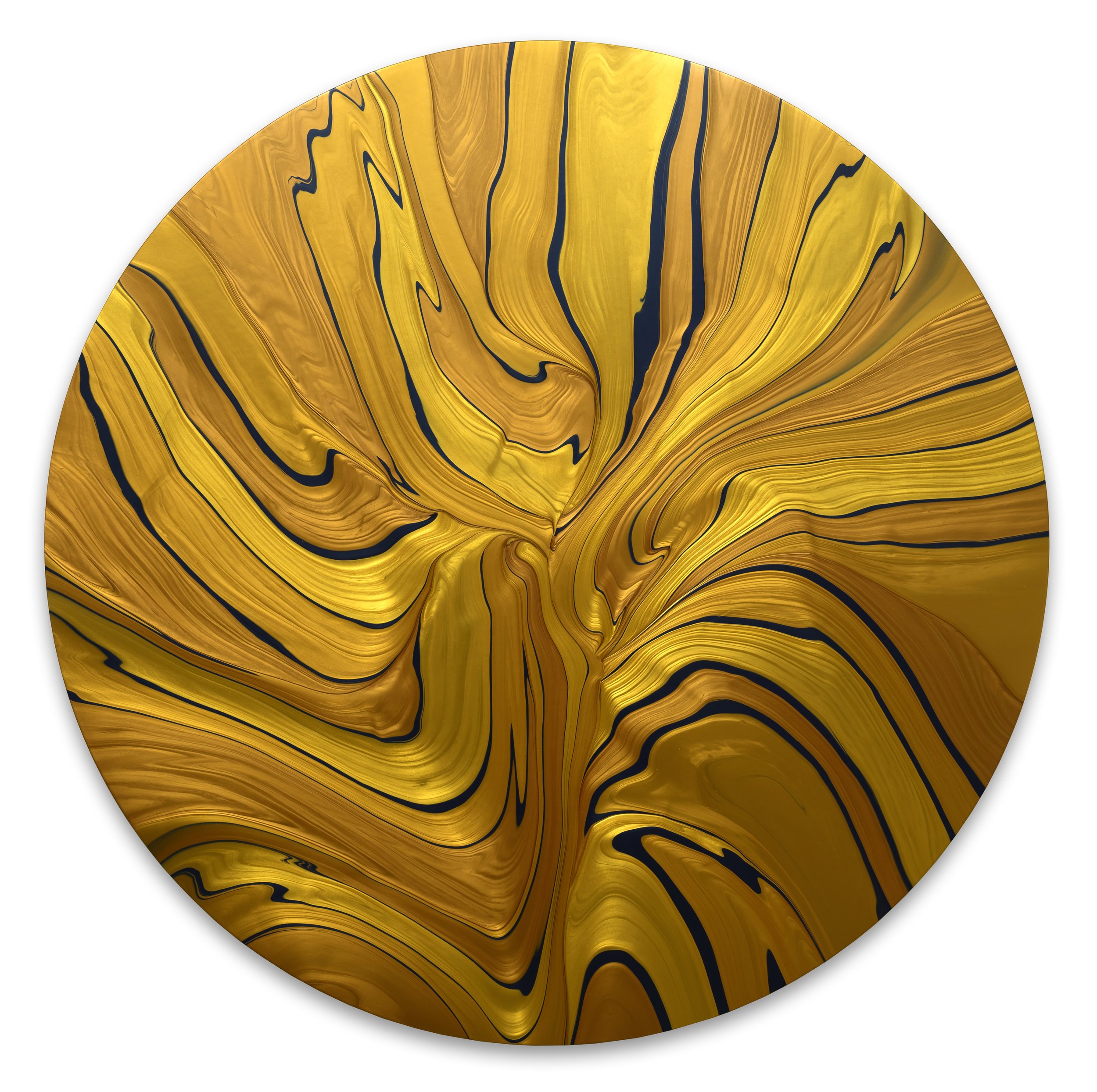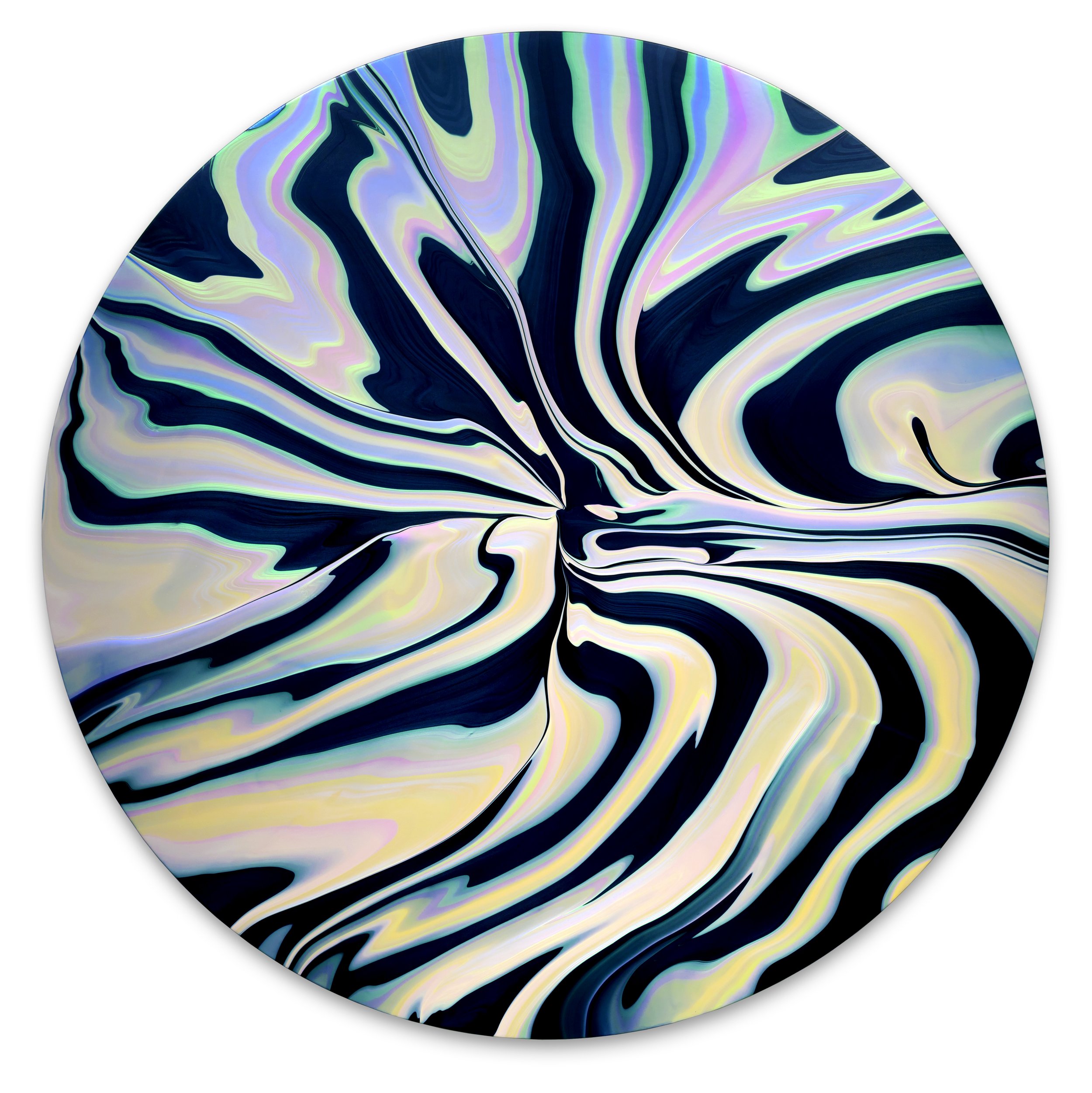MELANIE PULLEN: VOYEUR
Voyeur marks Melanie Pullen’s first solo exhibition at William Turner Gallery of large-scale photographs from her highly acclaimed High Fashion Crime Scenes and Voyeur series’.
Born in New York City in 1975, Melanie Pullen is a self-taught fine-art photographer raised in a family of photojournalists, publishers, and artists. Growing up within the halls of the famed Hotel Chelsea, Pullen was immersed in this avant-garde setting, which greatly informed her artistic practice. Bi-coastal from an early age, Melanie spent her formative years between New York City and Los Angeles.
Pullen’s work focuses extensively on both social values and taboos while purposely taking aim at the media’s exploitation of sex, gender, and violence. Pullen herself has noted that she targets society’s obsessive glamorization by literally re-dressing what are deeply disturbing events, forcing the viewer to question their own values and observations.
Her photography has been shown in major museums and galleries internationally: it is permanently in the holdings of many of the most prominent public and private collections around the world: Museum of Contemporary Art (MOCA), Jacksonville, Florida; The Frederick R. Weisman Museum of Art, Pepperdine University, Malibu, California; Museo Jumex, Mexico City, Mexico; Howard Stein & the Forward Thinking Collection, New York, New York; Walker Art Center Museum, Minneapolis, Minnesota; The Rand Collection, Santa Monica, California.
Most recently the Getty Museum acquired several pieces from her High Fashion Crime Scenes which now reside in their permanent collection after being included in their exhibition: Icons of Style: 100 Years of Fashion Photography.
Pullen’s work has been featured in a number of publications including: The New York Times, T Magazine; Los Angeles Times; Vogue; Esquire Magazine; ELLE; London’s Independent; Spin Magazine; W Magazine; Flaunt Magazine; 1814 Magazine; Rolling Stone Magazine and Vanity Fair.
Melanie was awarded the prestigious D&D Yellow Pencil Award in 2007 and has published three photography books, two with Nazraeli Press, the other with Kodansha. She currently lives and works in Los Angeles, California.






















